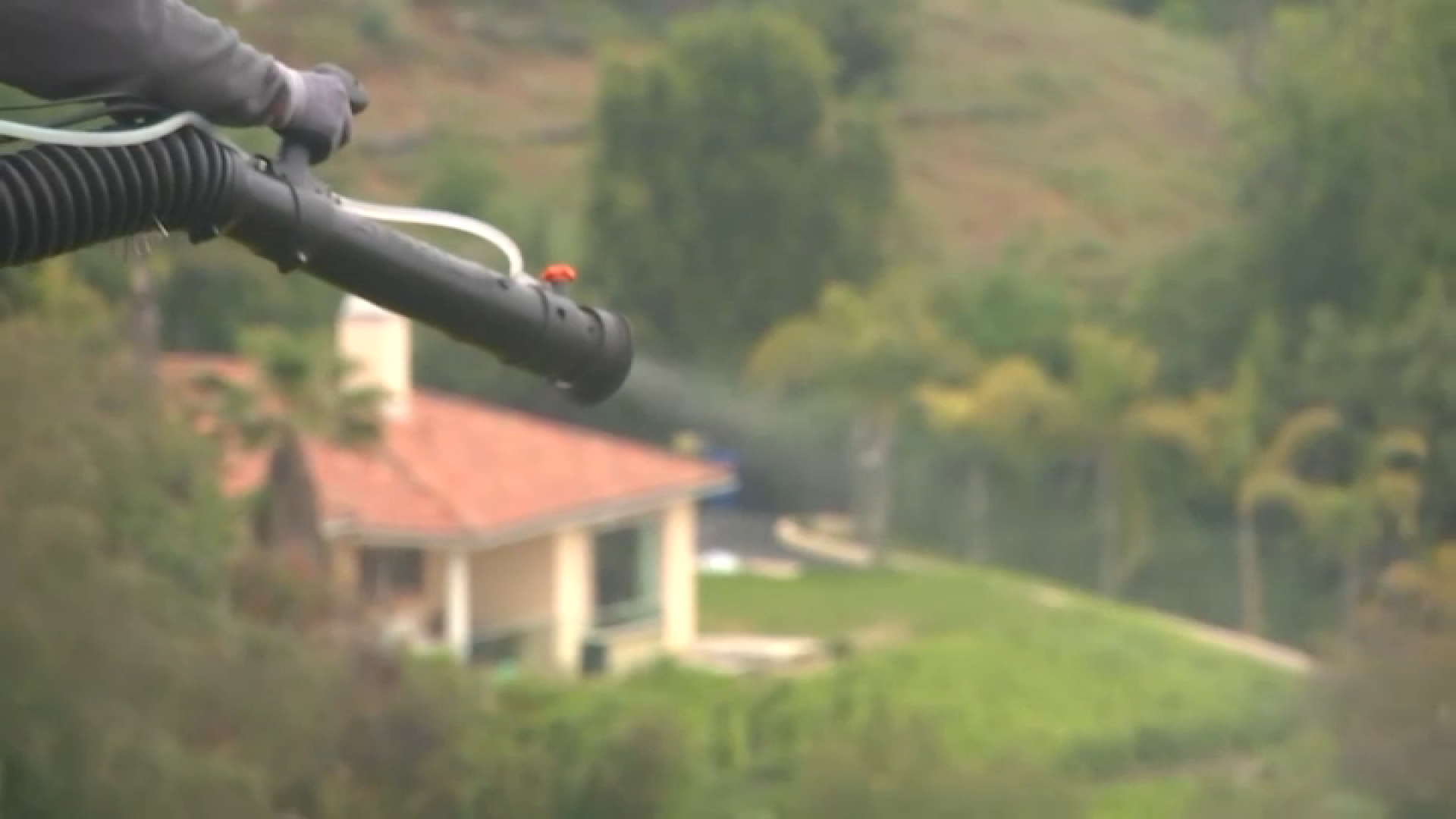Five years ago, more than 150 undocumented immigrants stormed the U.S. border at San Ysidro.
Some threw rocks and bottles; U.S. border agents responded with pepper spray and tear gas.
The immigrants who rushed the border wall in Nov. 2013 had a different motive than members of the caravan who tried to breach the boundary Sunday.
In 2013, many of the undocumented immigrants who tried to cross had been deported from California after living and working for years in the U.S.
Roberto Hernandez, a professor of Chicano/Chicana Studies at San Diego State University, researched the 2013 incident.
He told NBC 7 that, just like Sunday, there were concerns about border security and the ability of undocumented immigrants to overwhelm border barriers.
But Hernandez also noted that “part of the reaction was also alarm [on both sides of the border] at the level of reaction on the part of U.S. Customs and Border Protection, because the tear gas from helicopters, that was unprecedented."
Local
Years earlier, in the 1980s and 1990s, there were similar but much less violent incidents.
Groups of undocumented immigrants would rush the border, hoping to overwhelm Border Patrol officers and run north to San Diego.
The 9-11 terror attacks also slowed vehicle and foot traffic to a trickle at San Ysidro and Otay Mesa crossings and at other border crossings across the U.S.
At the time, one pedestrian told NBC 7 that pedestrian traffic waiting to clear U.S. Customs from Tijuana had backed up a quarter-mile.
“They have metal detectors, they have [agents] standing [everywhere] down there, everyone's watching you walking up and down the hall, everyone's looking you up and down."
Last year, a decision by the Mexican government to dramatically increase gas prices in Tijuana also caused disruptions on both sides of the border.
Protests over the price hikes broke out in Tijuana, said University of San Diego professor David Shirk.
Mexican authorities responded by closing their side of the Otay Mesa border crossing, according to Shirk. U.S. authorities also closed the southbound entrance at San Ysidro several times as a result of the Tijuana protests.
But Hernandez said shut-downs are limited and invoked as a last resort, because people and businesses on both sides of the border suffer significant delays, inconveniences and financial hardships.
"At all levels of government, except the federal government, there is a clear understanding of the symbiotic relationship that exists across the border,” Hernandez said.



